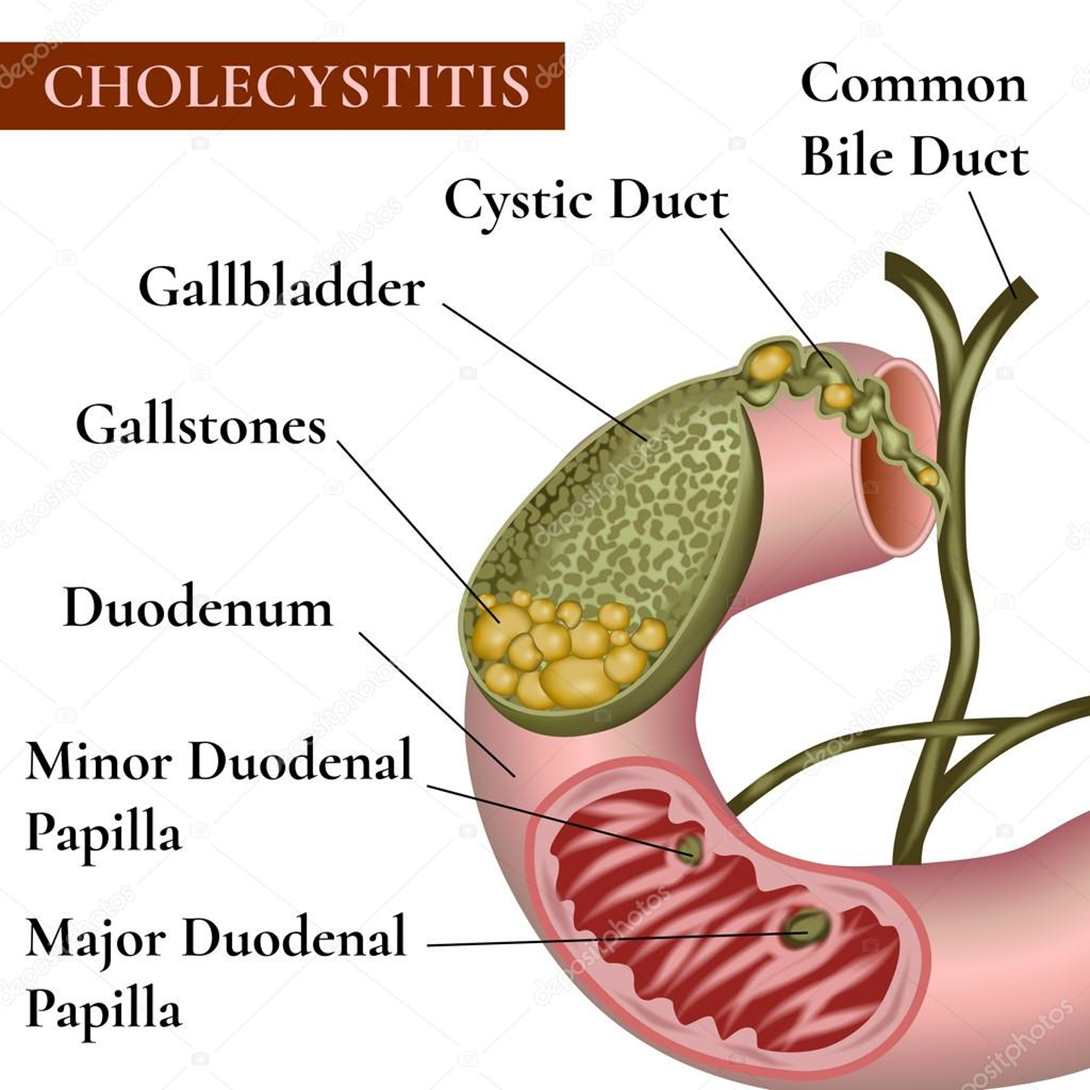A nurse in an emergency department is caring for a patient with a deep laceration on his left lower forearm. After observing standard precautions, which of the following actions should the nurse take?
Apply a tourniquet just below the elbow.
Elevate the limb and apply ice.
Clean the wound.
Apply pressure above the wound.
The Correct Answer is B
Choice A reason: Applying a tourniquet just below the elbow is not recommended as the first line of action for a deep laceration unless there is life-threatening hemorrhaging that cannot be controlled by direct pressure. Tourniquets are used as a last resort because they can cause tissue damage.
Choice B reason: Elevating the limb and applying ice can help reduce bleeding and swelling. Elevation uses gravity to help reduce blood flow to the injury, and the cold from the ice constricts blood vessels, further helping to control bleeding and reduce swelling.
Choice C reason: Cleaning the wound is important, but it should not be the first action taken. The initial focus should be on stopping the bleeding. Once bleeding is controlled, the wound can be cleaned to prevent infection.
Choice D reason: Applying pressure directly to the wound with a clean cloth or bandage is the first step in controlling bleeding. However, the question specifies applying pressure above the wound, which would not be effective in controlling bleeding from the wound itself.
Nursing Test Bank
Naxlex Comprehensive Predictor Exams
Related Questions
Correct Answer is D
Explanation
Choice A reason: Infusing packed RBCs over 1 hour is typically too rapid for most patients and can increase the risk of adverse reactions, especially in those with cardiovascular compromise.
Choice B reason: A 2hour infusion may be appropriate in certain emergency situations where rapid correction of anemia is required, but it is not the standard practice for routine transfusions.
Choice C reason: A 3hour infusion is less commonly used and does not provide any specific advantage over the standard 4hour infusion time.
Choice D reason: The standard practice is to complete the transfusion of packed RBCs within 4 hours. This duration minimizes the risk of bacterial growth and transfusion reactions, as recommended by the American Society of Hematology and other clinical guidelines.
Correct Answer is B
Explanation
Choice A reason: This choice is incorrect because an oral cholangiogram does not involve putting a camera down the throat. That procedure is more akin to an endoscopy.
Choice B reason: This statement is correct. An oral cholangiogram involves taking an Xray examination of the gallbladder after the patient has taken an iodine based contrast agent orally. The procedure is used to diagnose problems related to the gallbladder, such as gallstones or issues with bile flow.
Choice C reason: This choice is incorrect because an oral cholangiogram does not involve putting medication into the gallbladder to dissolve stones. That description is more consistent with nonsurgical treatments for gallstones, such as oral bile acid pills.
Choice D reason: This choice is incorrect as it describes a different procedure known as extracorporeal shock wave lithotripsy (ESWL), which uses shock waves to break up gallstones.

Whether you are a student looking to ace your exams or a practicing nurse seeking to enhance your expertise , our nursing education contents will empower you with the confidence and competence to make a difference in the lives of patients and become a respected leader in the healthcare field.
Visit Naxlex, invest in your future and unlock endless possibilities with our unparalleled nursing education contents today
Report Wrong Answer on the Current Question
Do you disagree with the answer? If yes, what is your expected answer? Explain.
Kindly be descriptive with the issue you are facing.
